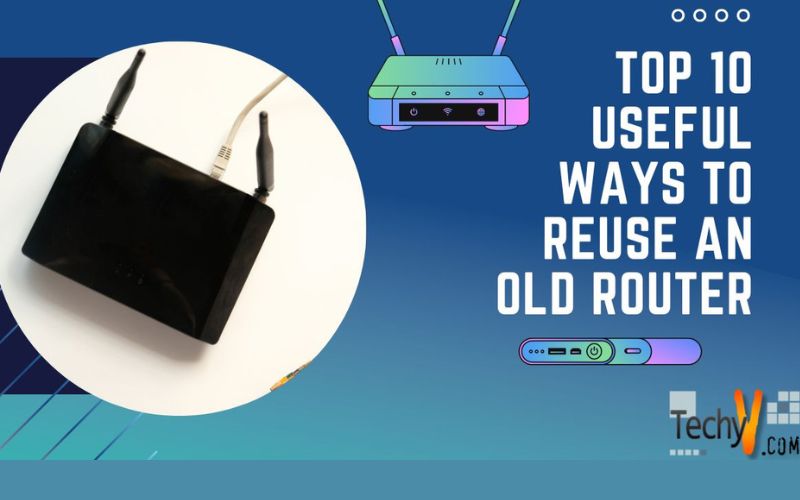We’ve all had to throw away our old routers. The problem with throwing them away is that they’re typically not recyclable. If you live in a city like New York or San Francisco, finding a trash bin (or even a recycling bin) that accepts routers as waste can be challenging. If you have an older router lying around your house, don’t throw it away! Instead, consider using it for something useful. Here are ten ways to repurpose an old router:
1. Wireless Repeater
Then, click the wireless repeater (WAP) unit directly to this new connection. This way, they work together as one device without needing a separate power source or configuration software running on each device separately.
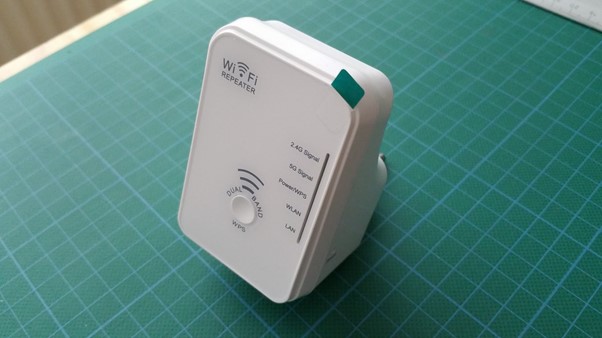
2. Storage Server
Suppose you have a router without considering using it as a storage server. Connect it to an external hard drive or NAS (Network Attached Storage) device, and then use the router’s features to share files from your computer to other devices on the network. It can help back up data or share files between computers in different locations, so long as both devices are connected over Wi-Fi or wired—not just Wi-Fi networks!

3. Media Server
- In this case, you’ll use the router as a media server.
- How to set it up: Plug in your device and configure it. Suppose you’re using a newer device like an Amazon Fire TV or Apple TV 4K. In that case, you will need to connect directly to Wi-Fi by going into settings and selecting DHCP from the list of wireless networks (or attaching to an existing network). If this is not possible for some reason—perhaps because there isn’t any available—then simply plugging in your smartphone/tablet before setting up the router should do the trick.
- What can I play on my media server? All primary streaming services are supported here: Netflix, Hulu Plus/Hulu Live TV (for live sports), HBO Go/Now (for catchup content), etc… You can also stream music from Spotify or Pandora directly through these apps if they’ve on both devices connected via USB cable during setup!
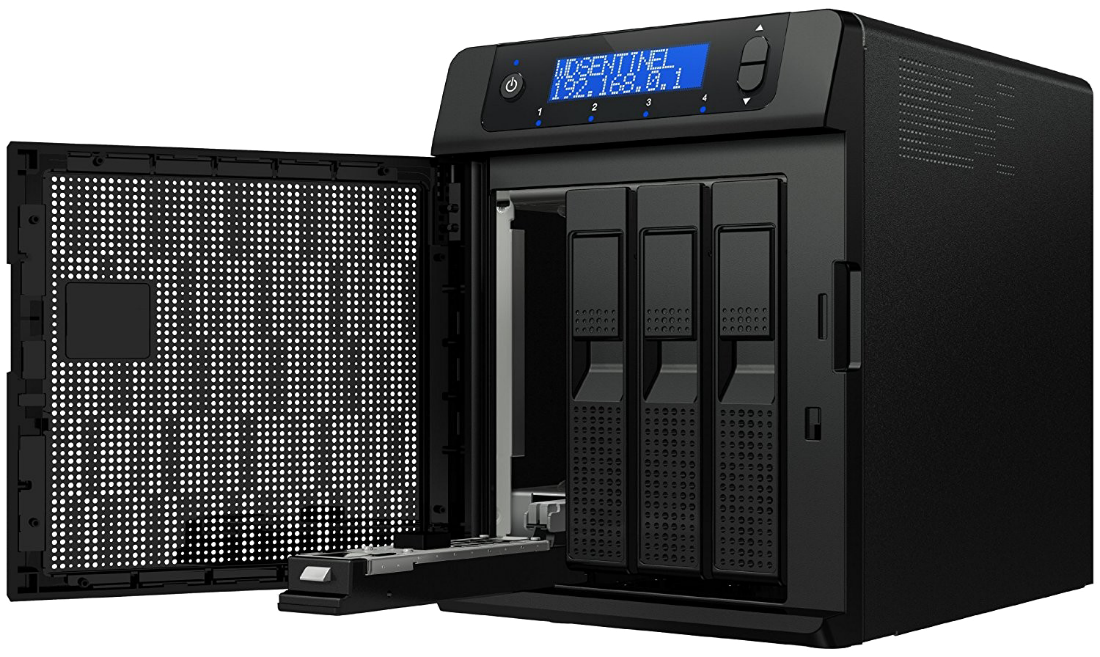
4. Print Server
- The best part is that it’s easy! Connect the printer and power it on, then plug in whatever cable you need to use with your computer. Once everything is connected, open up an Internet browser on either device and navigate to https://192.168.*.*
- If there are many gadgets on this network, you can find them all at https://192.168.*, where * is a wildcard for your router’s subnet address (often 192).
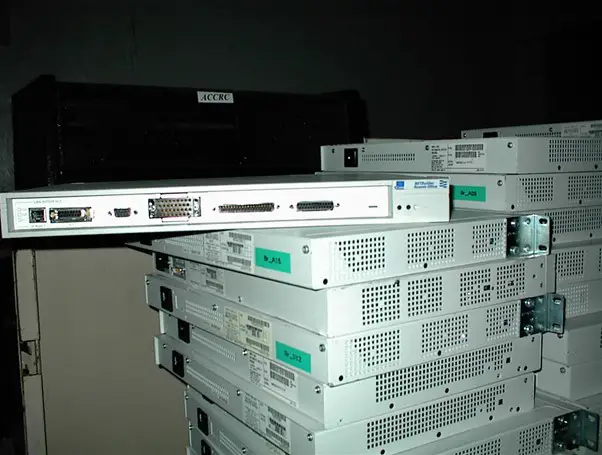
5. Run DD-WRT Firmware For The Wi-Fi Extender
You can use DD-WRT to create a wireless bridge or repeater. Extending your Wi-Fi coverage without running cables all over the house is excellent.
DD-WRT is a Linux-based firmware for wireless routers and access points available for download online. Still, it can also be installed on older routers using an Ethernet cable connection (like the one in our example). Once installed, you’ll have access to all of its features:
- Setting up WPS (Wi-Fi Protected Setup) connections between devices that don’t support it;
- Creating virtual LANs (VLANs) so multiple users can connect through a single router/AP;
- Upgrading older models without having them unplugged from power sources first;
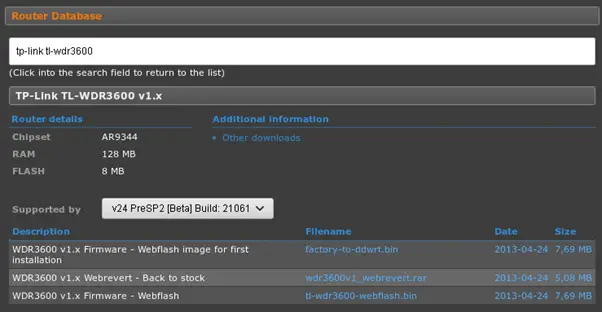
6. Use It As A Bridge
- A bridge is a connection between two networks. In this case, you’re connecting your router to an old Ethernet cable that already has power.
- The idea is that even though your new network can run at gigabit speeds (1,000 megabits per second), your older home network will only handle that speed with its existing equipment. So, what happens? You’ll have two networks: one on one side of your router and another on the other.
- The problem is that if either client loses connectivity with its peers across these two networks—or even worse, both clients lose connectivity simultaneously—then those connections will drop out immediately instead of waiting for a timeout period before failing over into backup mode.

7. Run Openwrt Firmware To Use As A Corporate Firewall
- OpenWRT is an open-source Linux distribution for routers and wireless access points. For embedded devices such as wireless routers, but can also be installed on a personal computer if you want to run it as an independent operating system.
- OpenWrt is one of the most popular operating systems for customizing your router, allowing users to customize the settings and firmware of their router in ways that commercial versions don’t qualify.
- You can change your SSID (network name), so it isn’t visible to everyone on the network or even hidden entirely if you want privacy while browsing online.
- You can disable DHCP services so that computers connecting through this network aren’t assigned IP addresses automatically.

8. Build A Vulnerable Lab
If you’re setting up a vulnerable lab for testing, it helps to know that your router is still secure. Even if your old router was compromised and running with a known vulnerability in its firmware since 2009, there are still ways to use it as a test bed. You can use it to test exploits against other devices on your network or try out new applications and hardware before deploying them elsewhere. The more time you spend in this environment, the faster—and safer—you’ll be able to build a solid foundation for all future projects (like building software).
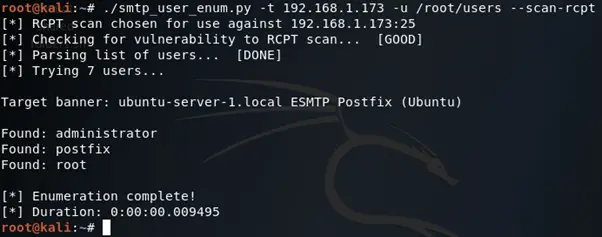
9. Use It As A Web Server
- If you have an old router, it can act as a web server. It will allow you to install a web server on your home networks, such as Apache or Nginx. You can then use the router’s IP address and port number to access the site from any device connected to your home Wi-Fi network.
- To install Apache or Nginx, open up a terminal window by typing “terminal” in your search bar and pressing enter on Windows 10/8/7; use Ctrl+Alt+T or Cmd+Opt+T depending on OS X or Linux respectively; or go into Settings > Network & Internet > Sharing preferences page (if applicable). Then enter: #! /bin/bash

10. Make It Into A Router Using The Tomato Firmware
If you have an old router that is no longer useful, there are ways to make it into a router. The tomato firmware is one of the most popular options. You will need to configure the settings to use your device as a router, but it should work fine once!

Conclusion
I hope you give some of these ideas a try. If you don’t have an old router, there are plenty of ways to use it!


